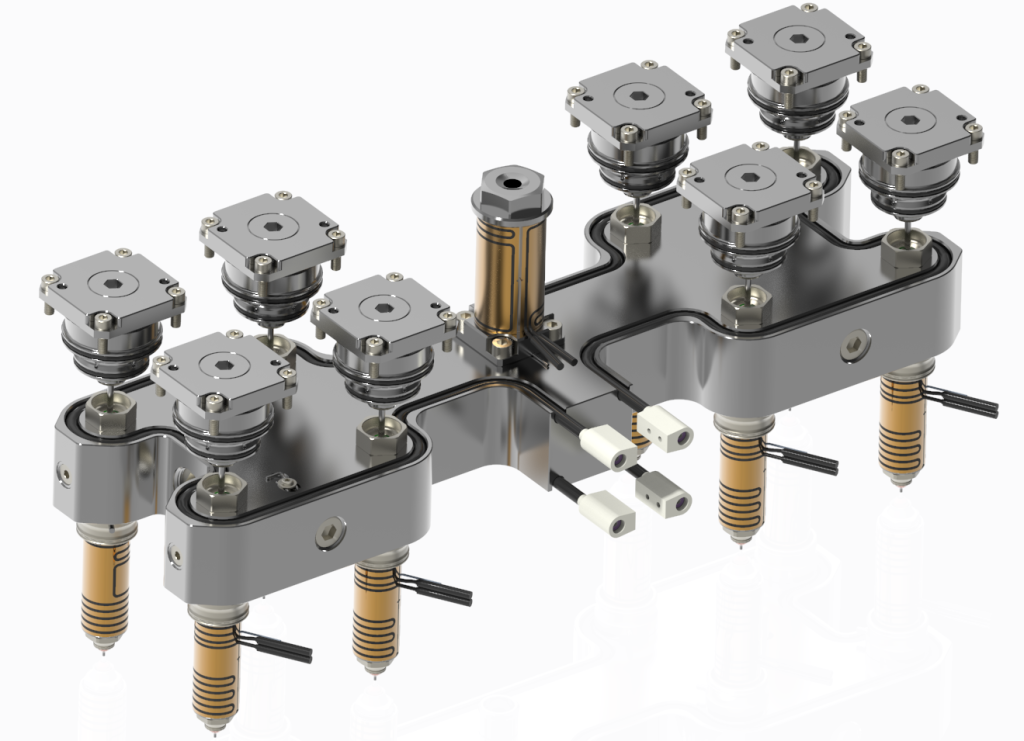Injection molding of PVC (Polyvinyl Chloride) presents unique challenges due to the material’s thermal sensitivity. Choosing between a hot runner and a cold runner system can significantly impact the molding process, quality, and cost. Below is a comparison to help understand the differences and decide which system may be best suited for a given application.
1. Basic Definitions
Hot Runner System:
Uses a heated manifold to maintain the plastic in a molten state until it is injected into the mold cavities. It eliminates the need for runners to be ejected and reprocessed.Cold Runner System:
Channels the molten plastic into the mold cavities, but the runners solidify along with the part and must be removed, often requiring trimming and recycling.
2. Suitability for PVC
Hot Runner System:
Not commonly preferred for PVC due to the material’s sensitivity to heat.
Extended heat exposure can cause thermal degradation, leading to discolored or brittle parts and potentially corrosive gases (e.g., HCl release).
Requires specialized hot runner systems designed specifically for PVC, with precise temperature control.
Cold Runner System:
More commonly used in PVC molding.
Easier to maintain proper melt temperature and reduce risk of degradation.
Simpler and more reliable for thermally sensitive materials like PVC.
3. Cost Considerations
Hot Runner System:
Higher initial tooling cost due to complex manifold and temperature control systems.
Lower material waste since no runners need to be trimmed and reprocessed.
Suitable for high-volume production where material savings and cycle time reduction offset the tooling cost.
Cold Runner System:
Lower upfront cost and easier to design.
Generates runner waste, which needs to be recycled (limited regrind usage with PVC).
Better suited for low to medium-volume production or simpler parts.
4. Maintenance and Downtime
Hot Runner System:
Higher maintenance requirements due to heating elements, sensors, and risk of material degradation.
Risk of clogging or burning PVC if temperature control fails.
Requires more skilled operators and maintenance technicians.
Cold Runner System:
Easier to clean and maintain.
Less risk of material burning.
Downtime is usually less frequent and simpler to resolve.
5. Cycle Time and Efficiency
Hot Runner System:
Faster cycle times because runners stay molten and don’t require cooling or trimming.
Better suited for automated processes with minimal human intervention.
Cold Runner System:
Slightly longer cycle times due to solidification and removal of runners.
Requires additional steps for runner separation and possible regrinding.
6. Part Quality and Consistency
Hot Runner System:
Can provide better fill balance and surface finish—if properly managed.
High risk of part defects if temperature control is poor.
Cold Runner System:
More consistent results in PVC molding due to better control over melt flow temperature.
Easier to troubleshoot quality issues.
Conclusion


